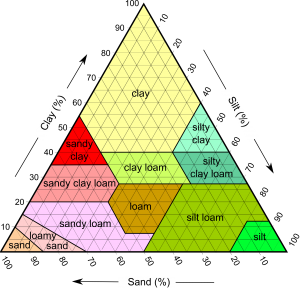This exam will be written ON CAMPUS (only exceptions for students who are legitimately located overseas are permitted).
The date and time of the exam will be announced in the Final Examination Schedule prepared by the Registrar’s Office. Please do not make travel plans until the schedule is published.
Please note instructors are NOT at liberty to reschedule final examinations. Students who propose not to take a final examination at the scheduled time must apply for rescheduling to the Registrar before the last day for withdrawal from classes.
The exam will be ON CAMPUS.
- Please bring photo ID.
- Any academic dishonesty will result in a “0” on the exam and an “F” in the course.
- If you are overseas, contact the instructor immediately to discuss options.
Remember you are studying in Catholic learning environment and are expected to behave by standards of Christian morality and ethics.
The Final exam will be based on lecture material and readings covered in the second half of the term. It is NOT cumulative (on the whole term). It will be based on:
- Chapters 16-19 of Geosystems and online notes covering those chapters, also the online notes on Eolian and Desert Landforms
A few things you should definitely review (not an exhaustive list!):
- coastal landforms (tombolos etc)
- glacial landforms (various moraines, cirques, etc)
- soils – the sand/silt/clay triangle (know how to use it – I’ll give it to you though)
- coral reefs
- periglacial (arctic) landforms (pingos etc)
- tides – what causes them/high and low tide
- soil orders – know basic info about them
- wave motion and beach sorting
- eolian erosion – how wind sculpts landscape
- desert landscapes – how sand dunes form
- soil profiles – how they work
- ecosystems basics: habitats, niches, stability and instability
- nutrient cycles
- law of the minimum and limiting factors
How to Study …
- The College provides study resources. Check them out.
- Read over the online notes. The exam is based on them.
- Make your own notes based on what you read.
- Quiz yourself.
- Use the questions at the end of each chapter in the text as a guide to study
- Make up your own questions to test yourself
- Use flashcards for key terms and concepts
- As you read the notes, do use the figures in the text (an online resources) as references. The figures/pictures really help you visualize what you’re studying.
- Review the chapters in the text. Note that I will NOT ask you anything that is only in the text, but not in your notes
You can NOT use your notes, my notes, or the text during the exam. Doing so will mean an automatic 0 and will be referred to the Dean for further discipline.
What Should You Bring or NOT Bring?
You should bring … Yourself! (refreshed, relaxed, invigorated)
You should NOT bring …
- Your text or notes (sorry, this exam is not open book)
- Your cousin (a geography graduate student at Cambridge)
- A calculator (any math will be VERY simple)
- Another cell phone, iphone, tablet, netbook, desktop, or other electronic device other than what you need for Zoom
- Any crib notes, cheat sheets, or other “aids”
You’ll do fine! That’s about it! Study hard! I know there is lots to know and lots to memorize (the plague of introductory science courses!), but go at it!
Extra note on the soil texture triangle from Chapter 18
What you need to remember is the numbers are always in the order: sand, silt, clay (drill it into your memory: sand, silt, clay … sand, silt, clay… sand, silt, clay ..)
So if your sample is 20/70/10
So, start with sand. In this example, the % sand is 20. So, go along the bottom from right to left to 20. Your sample will be along that 20 “line” somewhere.
Next go to silt — 70%. Silt is along the right hand side. Go down from the top to 70. When you find 70 on the silt axis (edge), your sample will be along that line.
Last, go to clay — 10%. Clay is along the left side. Go to 10. Clay is the easiest because the white lines go horizontally, so you go across on the 10 line.
And you’re there! A beautiful SILT LOAM!
It is a bit confusing! The key is to remember it’s always SAND-SILT-CLAY! And to make sure you are using the correct side. I will give you the identical diagram as above in the exam (I’ll just cut and paste it).
Hope that helps.

